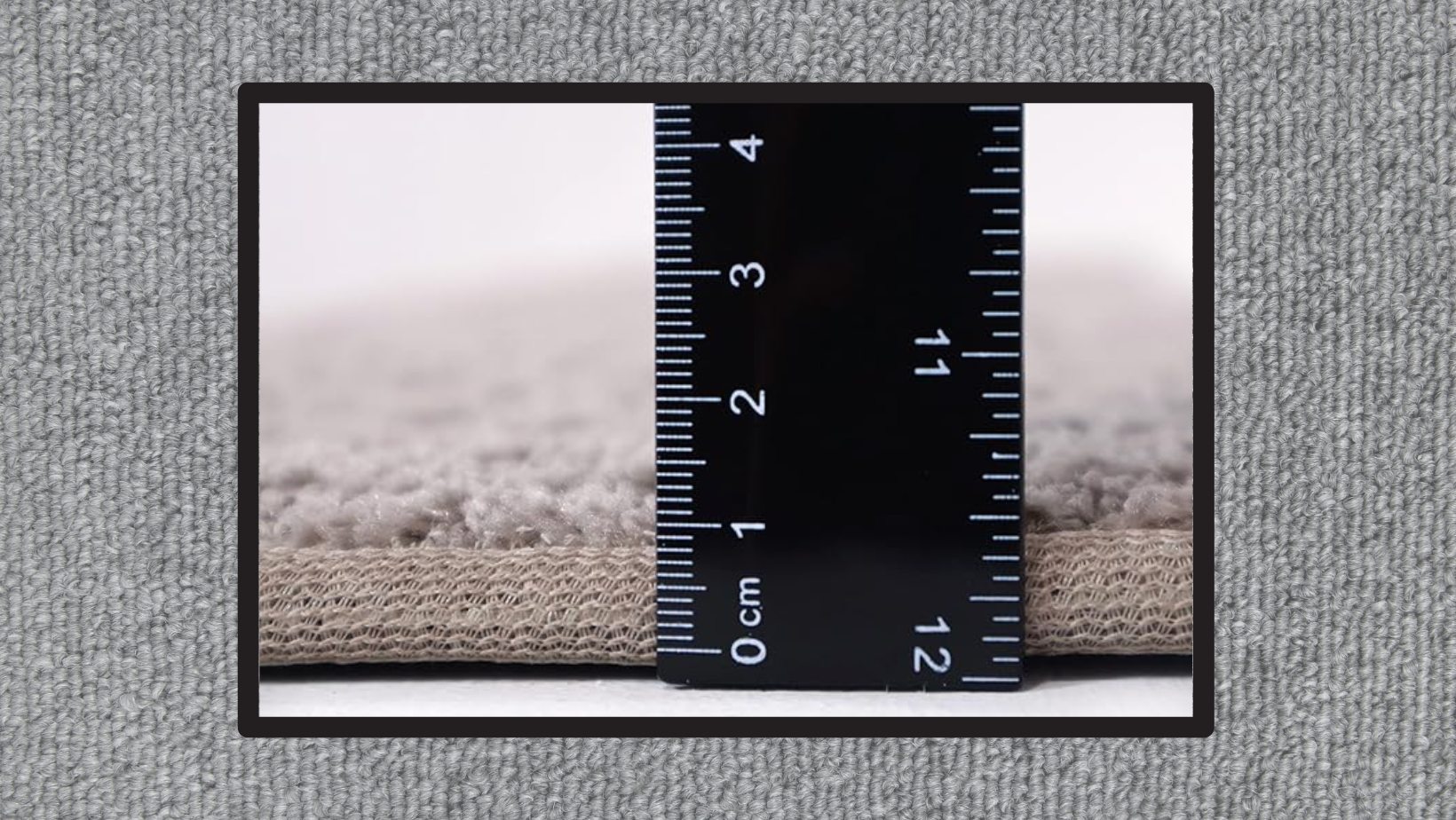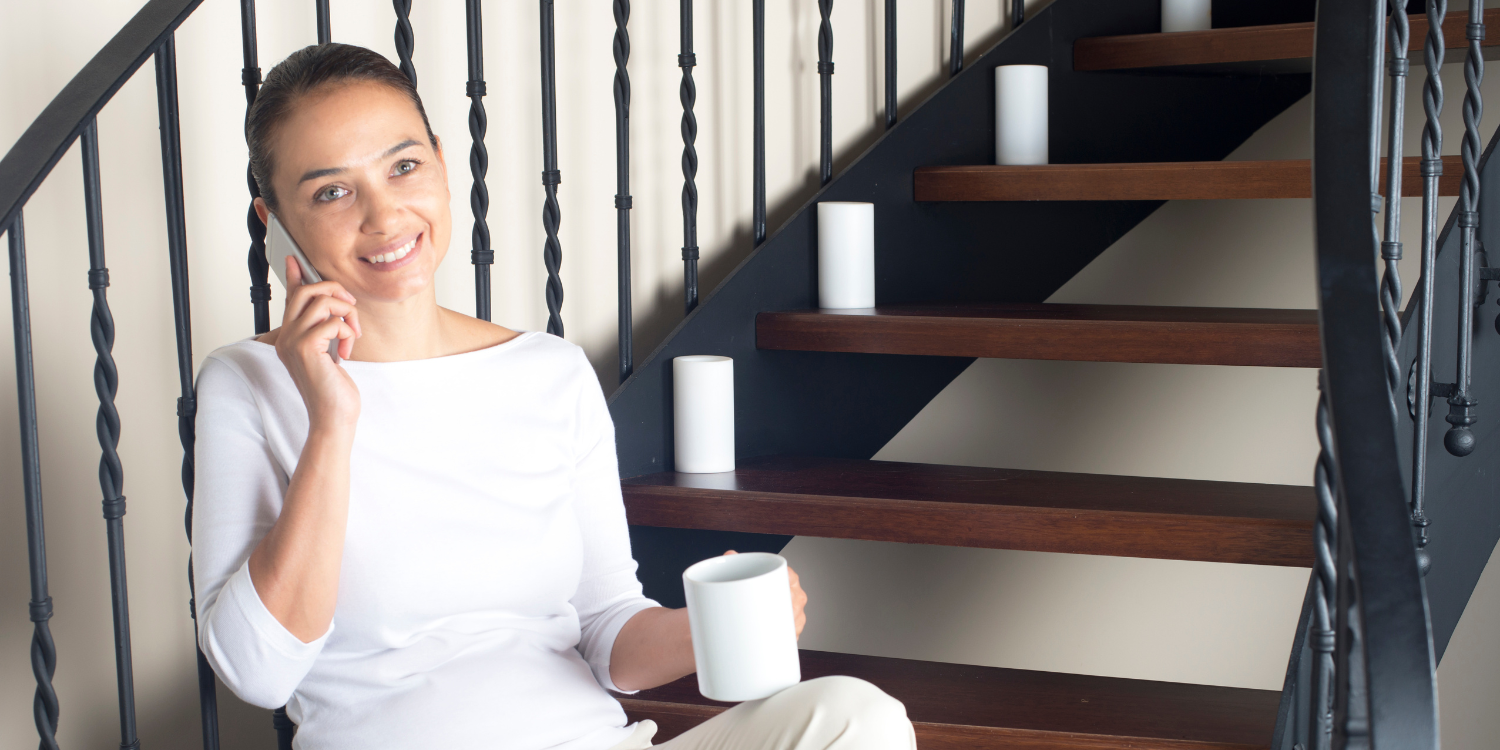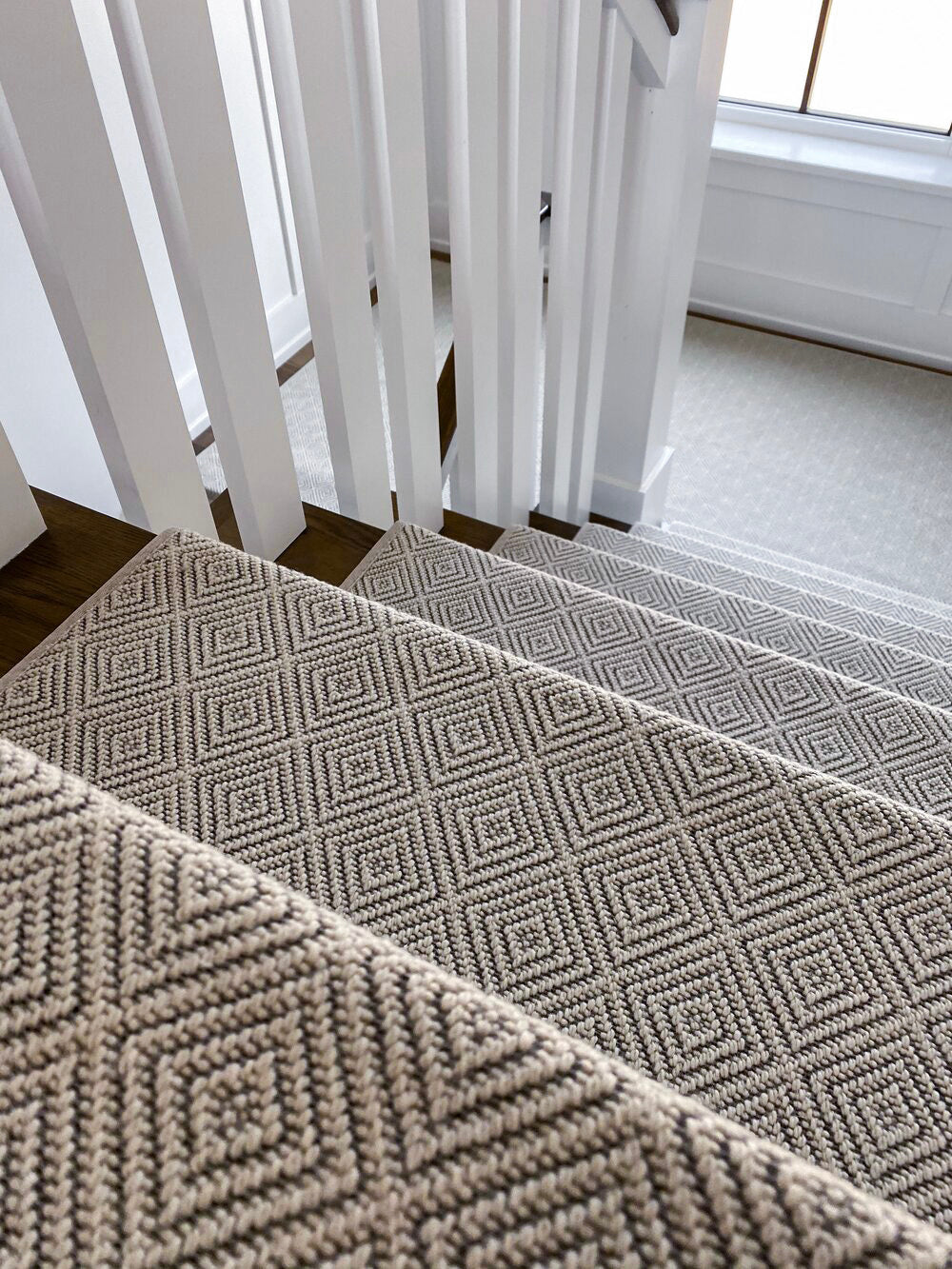When it comes to stair safety and durability, thickness matters.
So, what is a good thickness for stair treads?
For wood stair treads, the ideal thickness is 1 to 1 ½ inches, ensuring stability and longevity.
For carpeted stairs, treads should be around ½ inch thick to maintain a secure, slip-resistant surface.
Choosing the right thickness prevents accidents, supports comfort, and extends the life of your staircase.
In this guide, we’ll break down the factors that impact stair tread thickness, including safety considerations, materials, and style choices—helping you make the best decision for your home.
Safety Concerns
Choosing the correct stair tread thickness is essential for safety.
It directly affects how secure your steps feel underfoot, preventing wobbly or weak steps.
Treads that are too thin can feel unstable and increase the risk of slips and falls.
Over time, thin treads can also warp or crack, creating an even bigger safety hazard.
A good thickness for wood stair treads is at least 1 inch.
This ensures that the treads remain sturdy and resist splitting or breaking under weight.
For floating stairs, treads should be even thicker for extra support.
Floating stair treads rely on anchored strength, so a thickness of 1 ½ inches or more is recommended.
For carpeted stairs, the best thickness is about ½ inch.
This prevents the carpet from being too bulky or too thin, both of which can cause slipping.
Carpet that is too thick may bunch up over time, leading to tripping hazards.
Comfort and Durability
The thickness of stair treads also affects comfort and durability.
A well-chosen tread thickness ensures that stairs feel solid and secure underfoot.
Thicker carpet treads provide better cushioning, reducing strain on the feet and legs.
This is especially important for homes with elderly residents or children, who may need extra support.
They also last longer and withstand heavy foot traffic.
Stairs in high-traffic areas, such as entryways, need treads that won’t wear down quickly.
Thin treads wear out faster and may need to be replaced more often.
They may also develop indentations over time, creating uneven surfaces that can increase the risk of tripping.
If you want comfort and long-term durability, choosing the right thickness is key.
It’s always best to invest in high-quality materials and proper installation to extend the lifespan of your stair treads.
Materials for Stair Treads
There are many materials available for stair treads.
Each has its own benefits depending on your needs.
Some materials are designed for maximum durability, while others focus on aesthetics and comfort.
Nylon
Nylon is a popular choice because it is durable and stain-resistant.
It holds up well in high-traffic areas, making it ideal for homes with kids and pets.
It is also easy to clean, making it great for high-traffic areas.
Since it resists moisture, it’s also a good choice for basement staircases or areas with humidity.
Polyester
Polyester is another stain-resistant and durable option.
It is softer than nylon, making it a good choice for extra comfort.
This makes it an excellent option for bedroom staircases or quieter areas where sound absorption is needed.
Additionally, polyester is budget-friendly, offering a cost-effective yet stylish solution.
Olefin
Olefin is a budget-friendly choice.
It resists moisture and fading, but it is not as durable as nylon or polyester.
This makes it a suitable option for low-traffic staircases or temporary installations.
However, olefin can flatten over time, making it less comfortable underfoot compared to other materials.
Wool
Wool is a luxury option that is both durable and soft.
It is naturally flame-resistant and hypoallergenic, making it great for homes with allergies.
Wool fibers also bounce back well, meaning they keep their shape even after heavy foot traffic.
Though more expensive, wool stair treads provide a timeless and elegant look that lasts for years.
Styles of Stair Treads
Stair treads come in different styles to match any home.
The right style can transform a staircase from purely functional to a design statement.
Traditional
Traditional stair treads feature classic materials like solid wood or wool.
They add warmth and character to a home.
This style is perfect for homes with wood paneling, antique decor, or rustic elements.
Modern
Modern stair treads have sleek, minimalist designs.
They often use metal or glass for a stylish and contemporary look.
These are great for homes with open floor plans and a more industrial feel.
Contemporary
Contemporary stair treads stand out with bold colors and patterns.
They are a great option for homeowners who want their staircase to make a statement.
They work well in artistic spaces, lofts, or homes with vibrant decor themes.
Custom
Custom stair treads allow you to create a unique look for your home.
They can be made from different materials to fit your personal style.
This option is best for homeowners looking for one-of-a-kind staircases that enhance their space.
Step It Up
Choosing the right thickness for stair treads is essential for safety, comfort, and durability.
By considering foot traffic, purpose, and measurements, you can find the best fit for your stairs.
Whether you are building new stairs or updating old ones, taking the time to choose the right thickness will make a big difference.
A well-chosen stair tread thickness improves both functionality and aesthetics, ensuring long-lasting results.
Need help selecting the right stair treads?
We are happy to help!
At Oak Valley Designs, we provide high-quality stair treads that enhance both style and function.
Our team can guide you through the best options for your home, ensuring safety and elegance in every step.
Step Into Style and Safety with Oak Valley Designs
Your staircase isn’t just a way to get from one floor to another—it’s a key part of your home’s design and functionality.
If you're looking to upgrade your stairs with carpet treads, landings, or hallway runners, we’re here to help.
At Oak Valley Designs, we offer high-quality, easy-to-install solutions that enhance safety, comfort, and style.
Whether you need extra grip for high-traffic areas or want to add a designer touch to your staircase, we have options to fit your needs.
Need guidance on choosing the right look and fit? Our team is happy to help!
-
Visit us: 30 River Ct SW Bldg E, Cartersville, GA 30120
-
Call us: 706.331.0315
-
Email us: info@oakvalleydesigns.com
-
Explore our products: https://oakvalleydesigns.com/
Let’s create a staircase that’s as safe as it is stylish!




